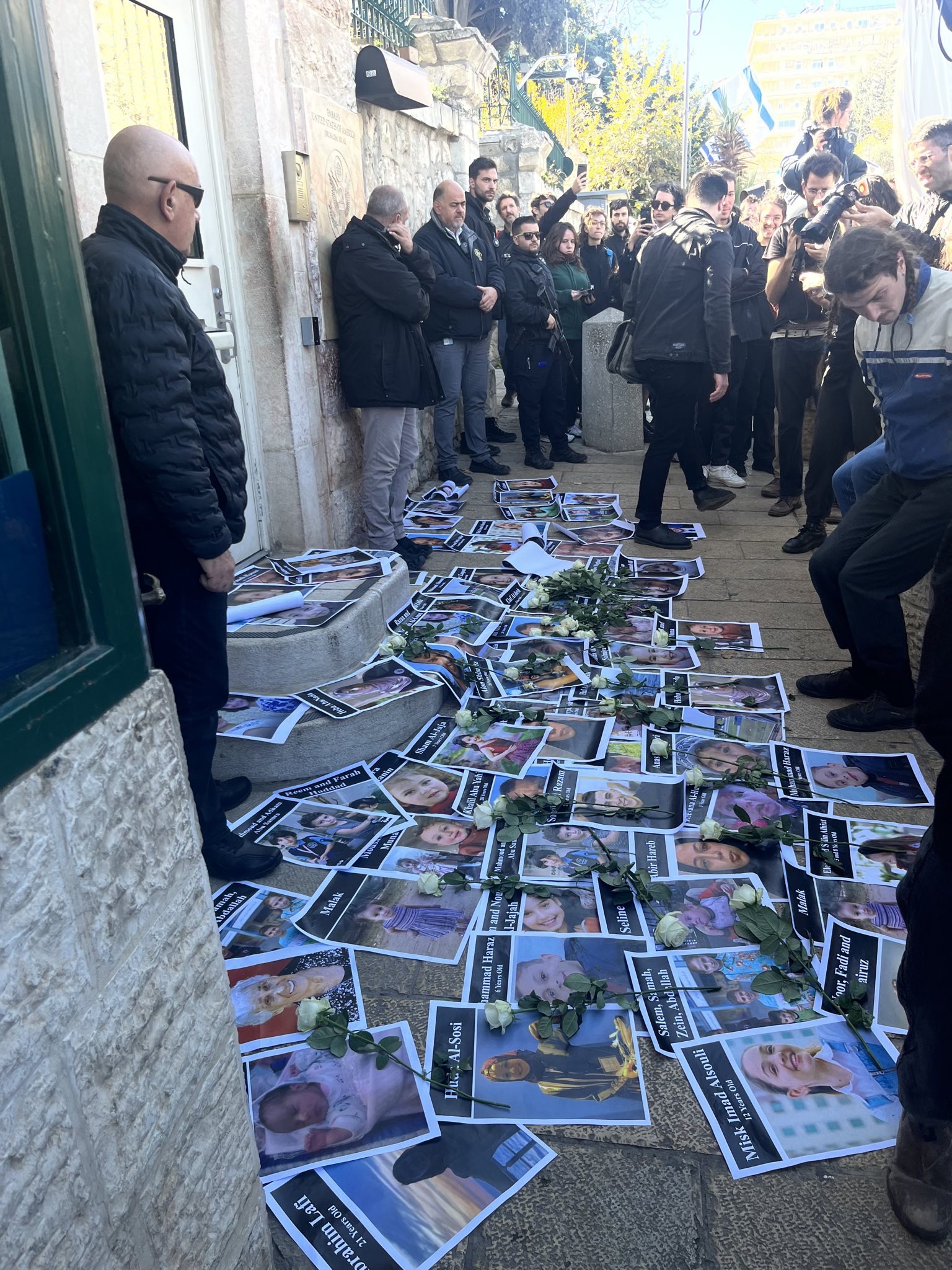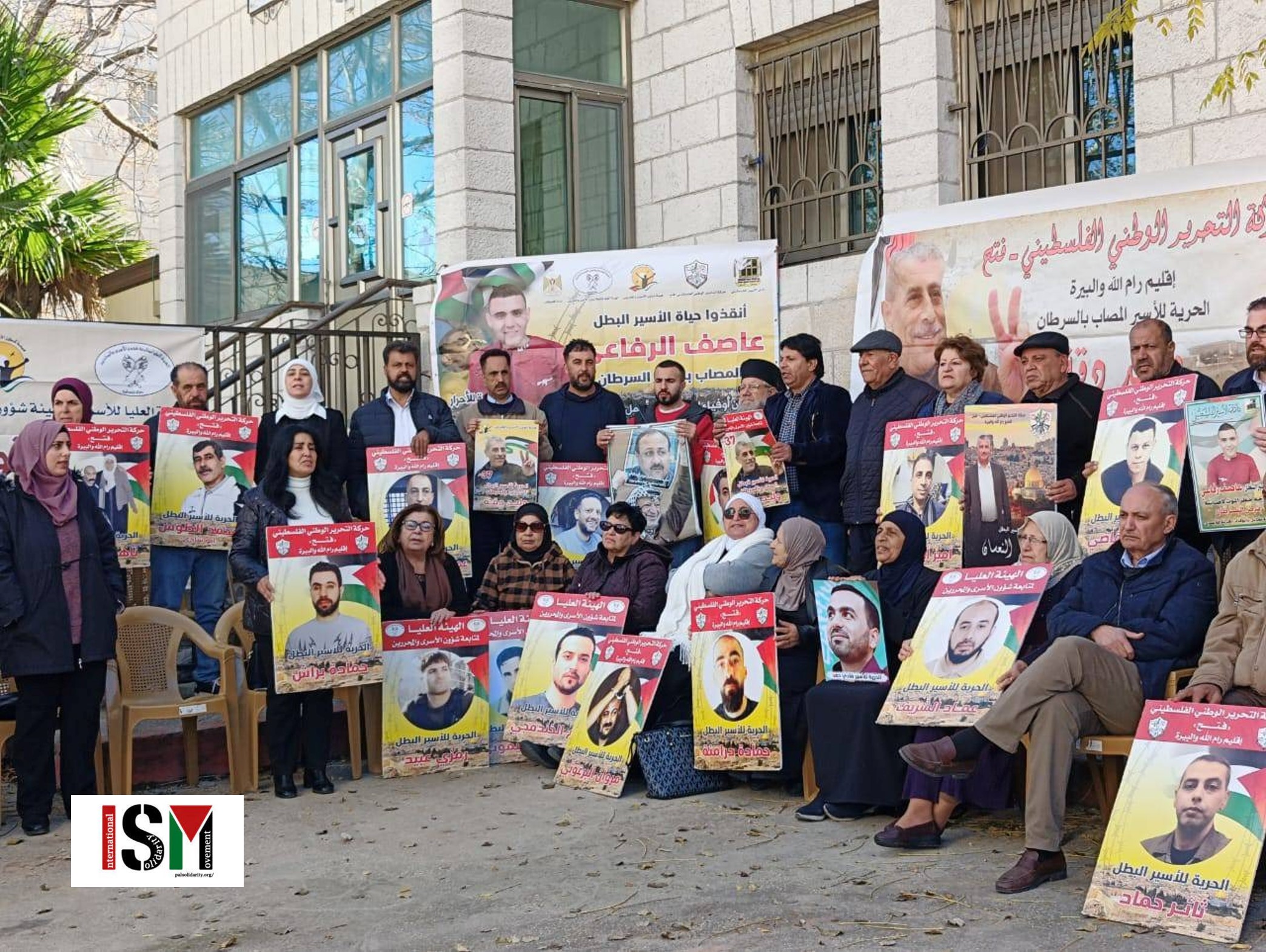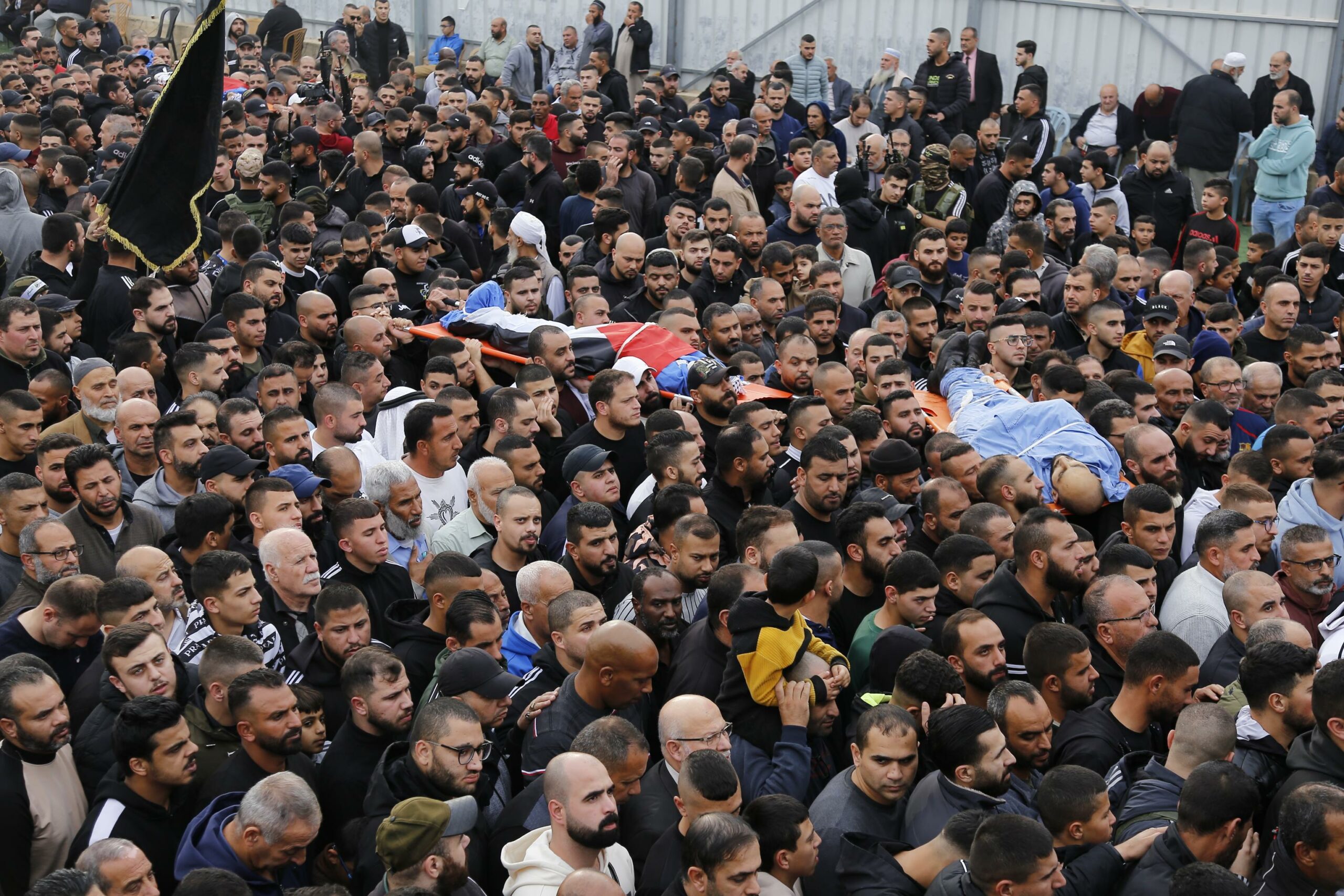Author: ISM Media
-
More White Roses
Tears come easily. Today I watched and listened to a hundred Jewish Israelis outside the U.S. embassy affirm that “grief has no borders,” as they collectively mourned those murdered in Gaza.
-
Palestinians Demand to Rescind the “State of Emergency in Prisons”
19 December 2023 | International Solidarity Movement | Ramallah This morning, ISM volunteers joined with the relatives, friends and supporters of Palestinian detainees at a rally in Ramallah, one of many held across the Occupied West Bank, demanding to immediately rescind the “state of emergency in prisons”, introduced by the Israeli authorities in the…
-
Tulkarm Bids Farewell to 5 Palestinians Killed in an Israeli Military Operation.
18 December 2023 | International Solidarity Movement | Nour Shams refugee camp By Diana Khwaelid An Israeli military operation lasted for more than 10 hours in the Nour Shams refugee camp. Destruction of infrastructure Dozens of military vehicles stormed the city of Tulkarem on the evening of Sunday, December 16, as they targeted the…



